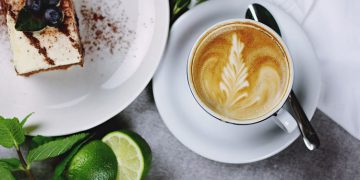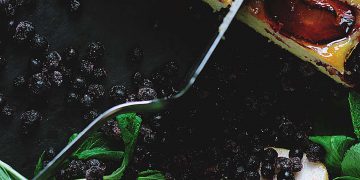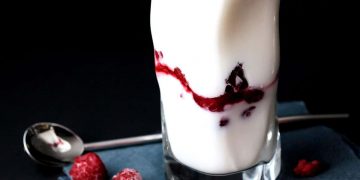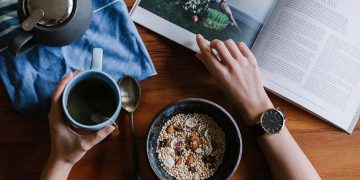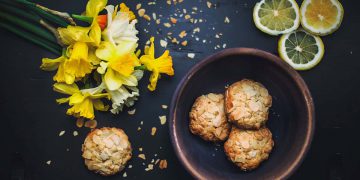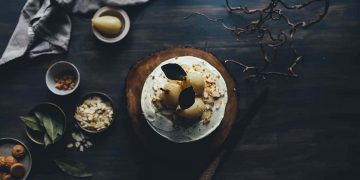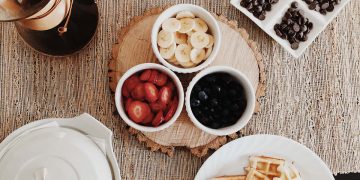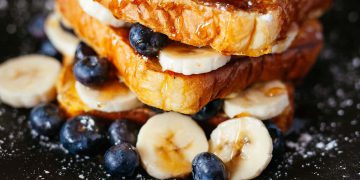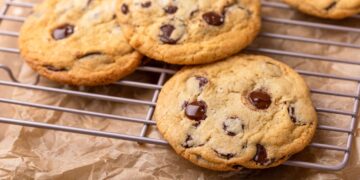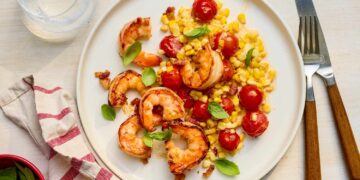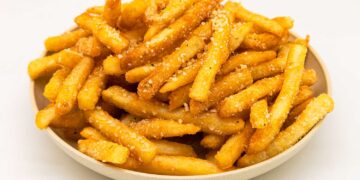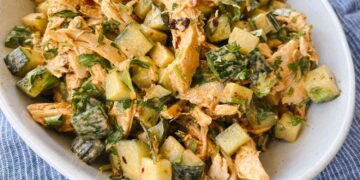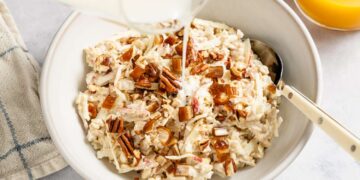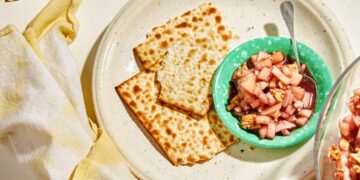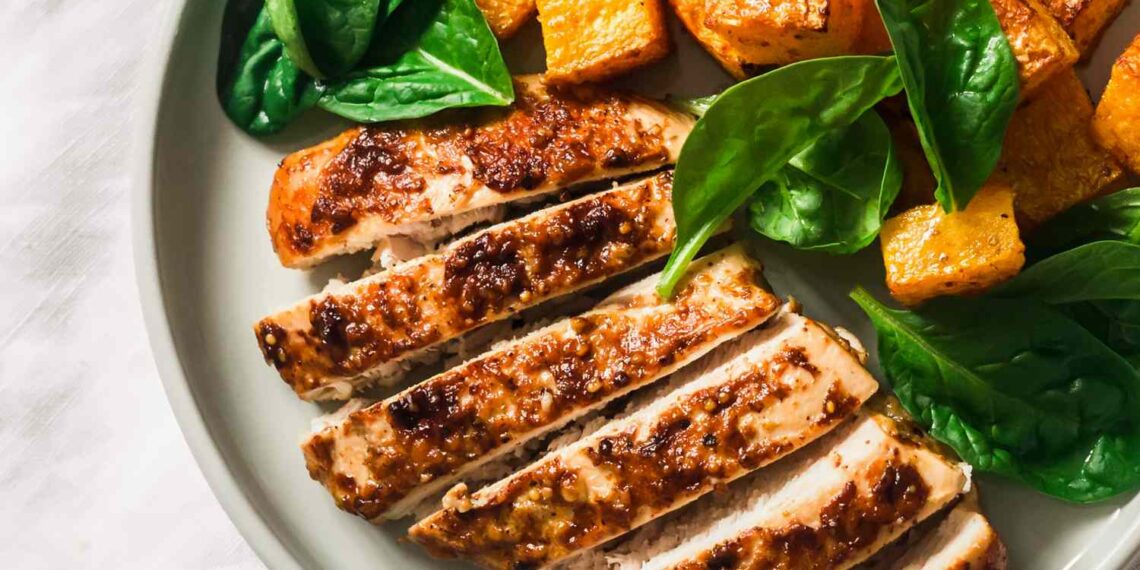
If there’s one thing I love more than a perfectly cooked chicken breast, it’s a perfectly seasoned one. While I’m a firm believer that less is more when it comes to any dry rub, I have picked up a few tricks over the years that help ensure the best-tasting chicken breast possible. As an avid home cook, I love learning about new ingredients, and I love it even more when I figure out exactly how to use them.
My approach to cooking chicken breasts at home has always been fairly basic. I tend to lean towards salt, pepper, and garlic powder as a base seasoning blend, but I’m also a big fan of smoked paprika, chili powder, and onion powder. To me, the key to success is to keep things simple in order to let the star players shine.
Most seasoning blends will pair just fine with chicken breasts, but when I want to go beyond the basics, my favorite 1-ingredient upgrade will forever be mustard powder.
Why I Love Mustard Powder
I discovered mustard powder much later in life than I’d like to admit publicly, and it has been a game-changer for my cooking ever since.
Mustard powder (also known as dry mustard) is made from ground mustard seeds and gives off a sharp, somewhat spicy flavor and aroma. Its flavor is both potent and tangy, with a mild heat that activates when mixed with water. The pungency of mustard powder can also depend entirely on the type of seed it’s made with.
When shopping for mustard powder, it’s important to pay attention to the varying heat levels. The mildest form is made with yellow (white) mustard seeds, while medium heat is made with brown mustard seeds and the hottest is made with black mustard seeds.
The most common form, which is what I prefer to cook with, is mild mustard powder. In my opinion, that’s as hot as you need, as other levels of heat can be accomplished with other ingredients.
Simply Recipes / Getty Images
How I Make Chicken Breasts With Mustard Powder
Per pound of chicken breasts, I usually like to use at least one tablespoon of ground mustard. I personally prefer to lay the dry rub on heavy, so one tablespoon ends up being the perfect sweet spot once it’s been mixed in with salt, pepper, and garlic powder. You can always adjust to your tastes and preferences.
I’m also not above sprinkling more mustard powder on top of the chicken breasts during the final 10 to 15 minutes of baking either. If left in the oven for too long, mustard powder’s flavor can diminish significantly. On occasions where I prefer less heat without leaving mustard powder out altogether, I like to add herbs such as basil and mint to the mix in order to cool things down.
#1Ingredient #Upgrade #Chicken #Breasts


